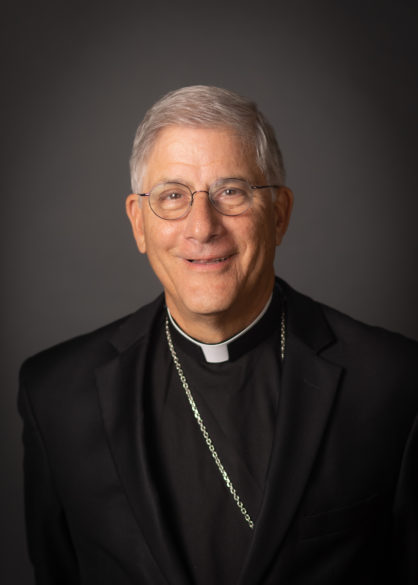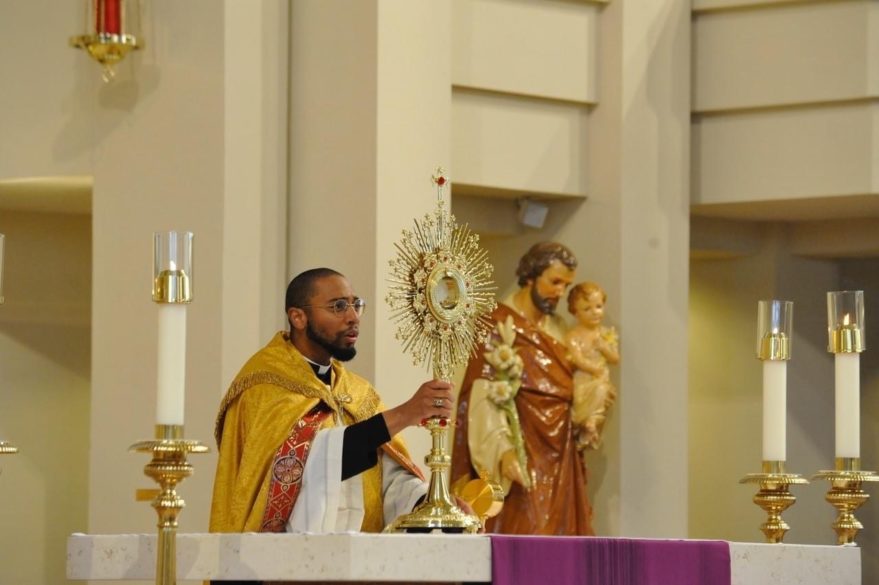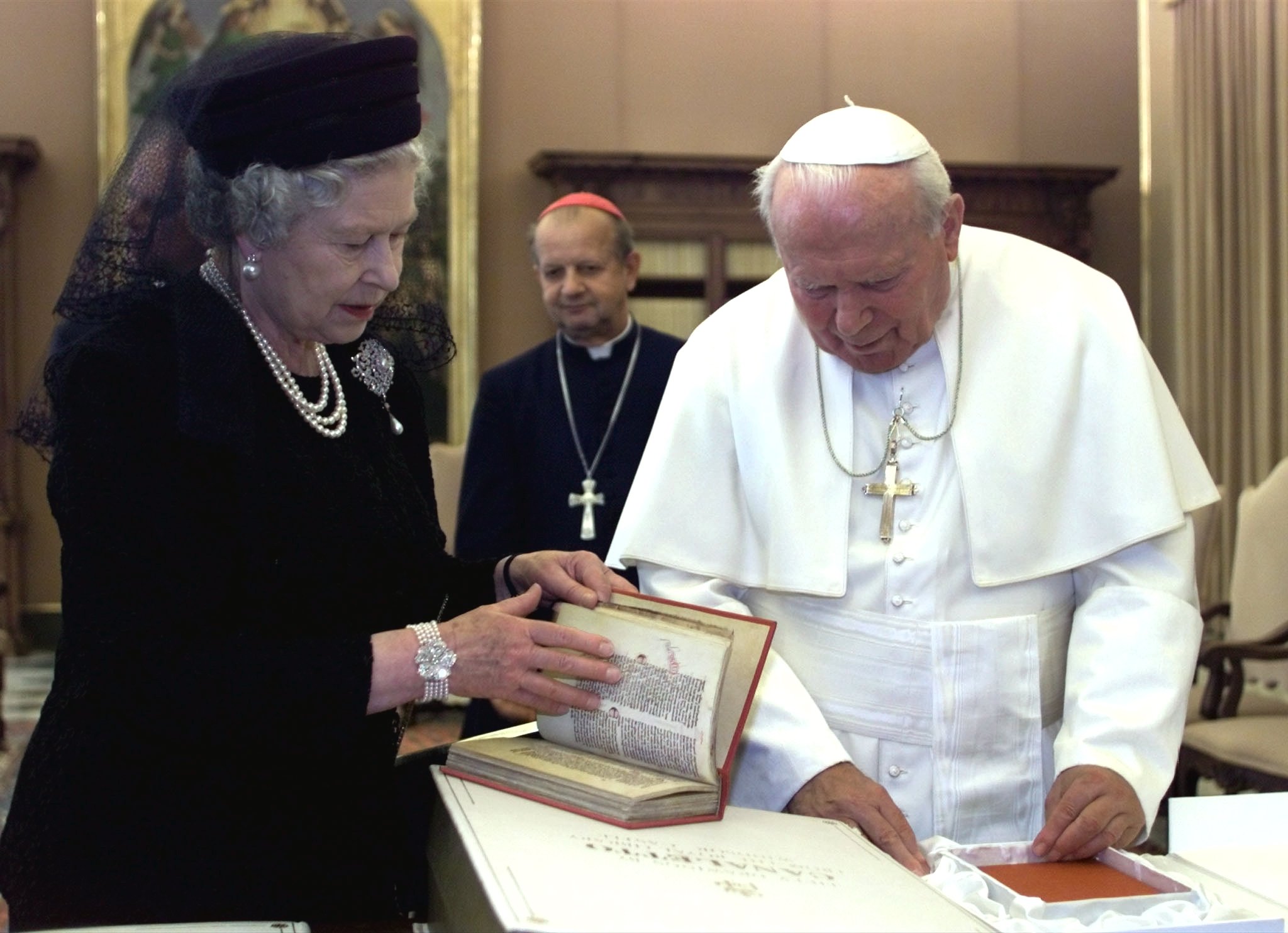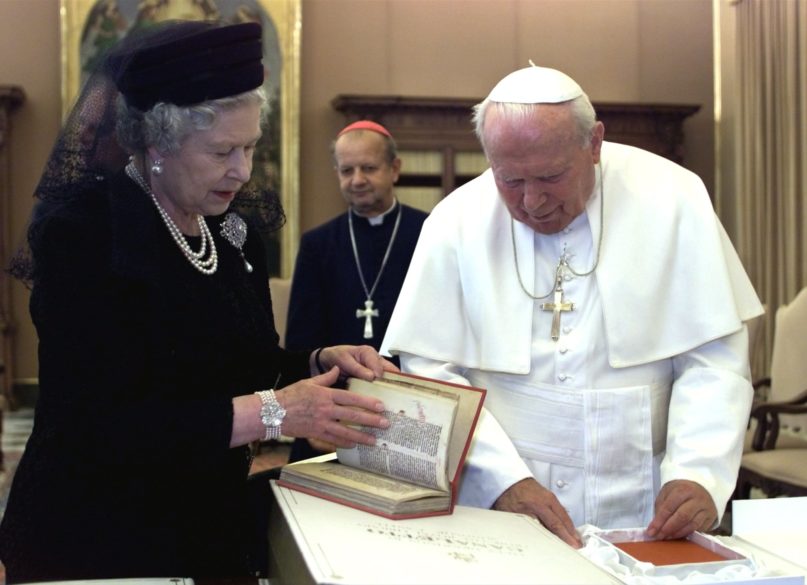Por Obispo Joseph R. Kopacz, D.D.
Este año en la Iglesia Católica se marca el vigésimo aniversario de la Carta de Dallas, cuando los obispos católicos estadounidenses a través de éste documento y sus normas esenciales “prometieron proteger y se comprometieron a sanar,” y a la vez comprometiendo a la iglesia a crear entornos seguros para nuestros niños, jóvenes y sus familias.
Debido a nuestros pecados y crímenes, justamente, como organización, la iglesia ha estado en el crisol y la purificación continúa.

Sin embargo, la experiencia de los últimos veinte años ha demostrado que la cultura de una organización se puede transformar cuando se implementan las mejores prácticas y se requiere que todos en la organización las cumplan.
En la iglesia, esto incluye a todos los ordenados, profesos y bautizados que trabajan con niños.
En los últimos veinte años, las nuevas denuncias y los casos reales probados de abuso son muy pocos. Incluso un caso es demasiado, pero hemos aprendido a proteger a través de los programas y reuniones de nuestra iglesia.
El compromiso de sanar, además, viene del corazón de Jesucristo porque somos su cuerpo, mucho más que una organización, que tenemos hambre y sed de sanidad y paz para todos los que han sido tan injustamente dañados por lobos disfrazados de ovejas.
Este imperativo evangélico debe estar en el centro de todo lo que la iglesia hace en el camino de regreso a la vida abundante que Jesús prometió a todos los creyentes.
Para todos en la iglesia y en el mundo que son firmes en su amor por la seguridad y el florecimiento de los niños, podemos regocijarnos en la reciente declaración de las Naciones Unidas.
El 10 de noviembre de 2022, la Asamblea General declaró el 18 de noviembre como el Día Mundial para la Prevención y la Sanación de la Explotación, el Abuso y la Violencia Sexual Infantil.
La resolución, que fue patrocinada por Sierra Leona y Nigeria y copatrocinada por más de 120 países, fue adoptada por consenso y un golpe de martillo por parte del presidente interino de la asamblea, que fue recibido con fuertes aplausos.
Después de la acción, S.E., el Arzobispo Gabriele Giordano Caccia, Observador Permanente de la Santa Sede ante las Naciones Unidas, Nueva York, se dirigió a la Asamblea expresando su agradecimiento por la acción de la ONU y el pleno apoyo del Estado del Vaticano para el Día Mundial recientemente adoptado.
Más de 50 personas, incluidos líderes de destacadas organizaciones de defensa y bienestar infantil, y sobrevivientes de abuso sexual infantil (CSA), incluidos varios que sufrieron abuso por parte del clero, se unieron a S.E. Fatima Maada Bio, la primera dama de la República de Sierra Leona, sobreviviente del matrimonio infantil, mientras se dirigía a la Asamblea General instando a la acción.
“El abuso sexual infantil es una crisis mundial de salud pública. Debemos reconocer este problema y tomar todas las medidas necesarias para proteger a nuestros niños, especialmente a nuestras niñas, de esta trágica condición humana”. Su discurso elocuente y apasionado fue recibido con una ronda de aplausos y vítores de los sobrevivientes en la galería.
“El abuso sexual infantil es una de las mayores violaciones a la dignidad humana que uno puede sufrir”, dijo S.E. Embajador Alhaji Fanday Turay.
“El Día Mundial para la Prevención y la Sanación de la Explotación, el Abuso y la Violencia Sexual Infantil es un paso fundamental para lograr el reconocimiento institucional de este horrible trauma infantil.
Demasiadas víctimas de abuso sexual infantil sufren vergüenza y silencio. Muchos viven vidas angustiadas. Al adoptar esta Resolución, podemos proporcionar una plataforma para que todas las naciones y la sociedad civil se movilicen y tomen medidas para proteger a los niños de esta tragedia.”
“Promovimos el Día Mundial para aumentar la conciencia sobre las acciones que todos los gobiernos pueden tomar para prevenir el abuso y brindar curación a los sobrevivientes,” dijo la Dra. Jennifer Wortham, investigadora de Harvard que fundó Global Collaborative, la red dirigida por sobrevivientes que dirigió la campaña internacional de promoción para lanzar el día mundial.
Los hermanos de Wortham son sobrevivientes del abuso del clero y Wortham compartió que han luchado con los efectos de su abuso durante toda su vida. “El Día Mundial ayudará a mis hermanos y a todos los sobrevivientes de violencia sexual infantil a saber que el mundo se preocupa por ellos, que son importantes, que lo que experimentaron fue injusto y que la curación es posible,” dijo Wortham.
Finalmente, el mundo ha hablado, y esta es una victoria para todos nosotros”, dijo Mark Williams, sobreviviente de abusos del clero y asesor de la Arquidiócesis de Newark. “Este día ha sido extraordinario, estoy lleno de asombro y paz”.
En la reciente reunión del obispo en Baltimore, el Sr. Williams se dirigió al cuerpo reunido junto con el cardenal Joseph Tobin, su arzobispo de Newark, Nueva Jersey, para alentar a los obispos a que el Señor puede abrir camino donde no hay camino.
Sanidad, esperanza y un nuevo amanecer son los deseos de Dios para todos en la iglesia, especialmente para las víctimas de abuso sexual.
El testimonio y la amistad de Williams y el Cardenal Tobin desde el centro de la iglesia, la declaración de las Naciones Unidas y un creciente compromiso mundial con el florecimiento humano en nombre de los niños y jóvenes hacen de este Día de Acción de Gracias un día de gratitud extra especial en nuestra nación y en nuestro mundo.












